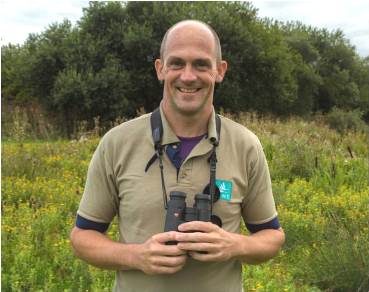October 2016
Today, the UK’s Joint Nature Conservation Committee (JNCC) has published the first phase of a review of the UK network of Special Protection Areas (SPAs) - special sites which are designated and protected under the European Birds Directive. SPAs, together with Special Areas for Conservation (SACs)- sites protected under the sister Habitats Directive- have been fundamental to protecting our most important habitats and species and have long formed the cornerstone of the UK’s attempts to protect and restore biodiversity.
This review - believed to be the world’s first review of an entire national protected area network against an explicit baseline - has been prepared by a Scientific Working Group convened by UK Government to provide advice on the protection of the most important sites for birds in the UK. The report’s contributors include representatives of the RSPB, the Wildfowl and Wetlands Trust (WWT) and Scottish Environment Link.
The report highlights welcome progress in the designation of SPAs since the last review, published in 2001, with the addition of sites on land and coast from the Belfast Lough in Northern Ireland and the Thames Basin Heaths in England to the Cairngorm Massif in Scotland and Puffin Island in Wales, and from the 151 individual species/season assessments undertaken, concludes that the existing suite of SPA is sufficient to contribute to the effective conservation of 64 species, from golden eagles and corncrakes to breeding gannets and stone curlews.
However, it also highlights how much remains to be done for the SPA network to be complete for all species:
However, many of the recommendations from the previous review in 2001 remain unimplemented. It remains essential to identify, designate and manage these sites to ensure the UK’s international responsibilities and obligations are met by Governments across the UK and to commit to their effective protection as legislation is developed following the EU referendum. To do any less would risk the long term survival of threatened birds for which the UK has now and will continue to have a global duty to act.
Kate Jennings, Head of Site Conservation Policy, RSPB
Richard Hearn, Head of Monitoring, Wildfowl & Wetlands Trust
Find Kate on Twitter @KeasdenKate and Richard @Rich_Hearn
The opinions expressed in this blog are the author’s and not necessarily those of the wider Link membership
Aspects of this blog were originally published on another website





Latest Blog Posts